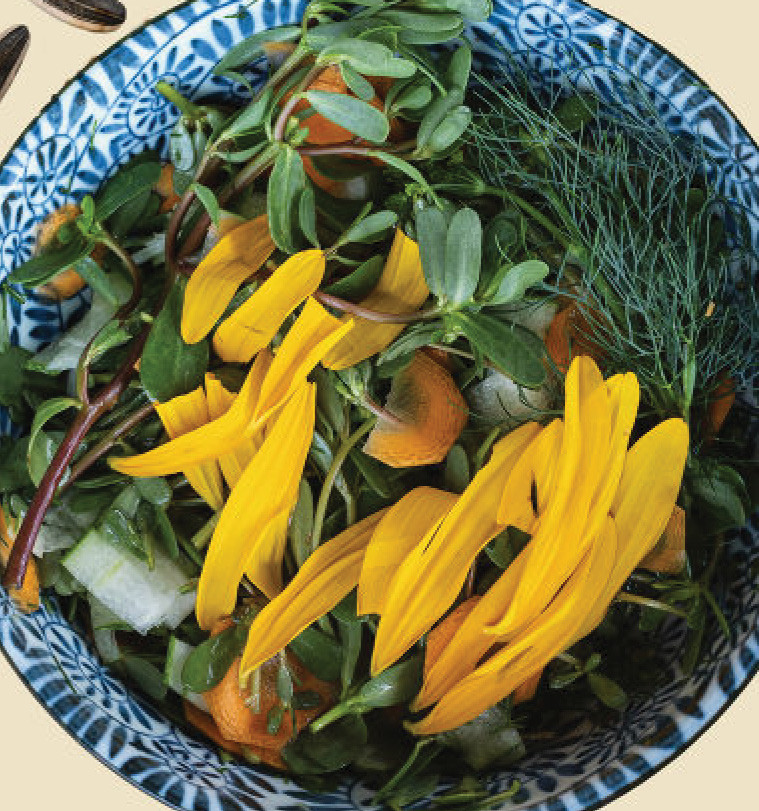
Biodiversity Cookbook
Purpose
To preserve and promote agrobiodiversity by collecting and sharing traditional, seasonal and underutilised recipes. This method fosters intergenerational dialogue, cultural reflection and ecological awareness, linking food practices to biodiversity conservation and seed sovereignty.
Key Features
Participants:
- Suitable for age 14+
- Can involve students, families, growers, chefs and community members
- Works well in schools, community groups, or place-based research settings
Estimated Timeframe:
- Flexible: from a few weeks to a full growing season
- Includes time for recipe collection, cooking, documentation and publication
Budget Level:
- Low to Medium
- Costs may include printing, digital design, photography, cooking ingredients and event hosting
Materials Needed:
- Camera or smartphone
- Kitchen and/or garden access
- Art supplies or digital tools for cookbook design
- Institutionally approved ethical information and consent forms (if collecting data)
- Reference sources for plant history and cultivation tips
Skills Required:
- Facilitation and community engagement
- Recipe writing and editing
- Cultural sensitivity and ethical care
- Project coordination and digital publishing
- Optional: gardening, cooking or storytelling expertise
Case Study
Method in Practice
Context of Use
Used in the PLANET4B Hungarian education case study to create a vegetarian cookbook featuring underutilised vegetables suited to the local climate. Recipes were accompanied by cultivation tips and cultural insights. The cookbook was published online as a free gift in Hungarian and English by the Magház Community Seed Association.
How It Worked
Participants (authors and contributors) selected vegetables, researched their origins, developed recipes and documented the process through photography. Recipes were compiled into a digital cookbook, with potential for translation, distribution and integration into educational or community settings.
Engagement & Participation
The method encouraged intergenerational interviews, storytelling, and cultural exchange. Contributors reflected on food memories, biodiversity, and seasonal eating. The cookbook served as both a creative output and a tool for advocacy and education.
Outcomes & Insights:
- Raised awareness of agrobiodiversity and seed systems
- Preserved cultural food knowledge
- Inspired sustainable eating and growing practices
- Strengthened community identity and intergenerational dialogue
- Prompted requests for heritage seeds and further engagement
Strengths & Considerations
Strengths:
- Accessible and adaptable across contexts
- Combines creativity, research, and advocacy
- Supports cultural and ecological literacy
- Can be used for fundraising, education, or community building
- Offers a tangible, shareable output
Considerations:
- Requires ethical care in crediting contributors
- Accessibility may be limited by cooking/growing resources
- Impact depends on thoughtful dissemination and follow-up
- Recipes should be simple, inclusive and culturally sensitive
- Publishing format and timing should align with audience needs



